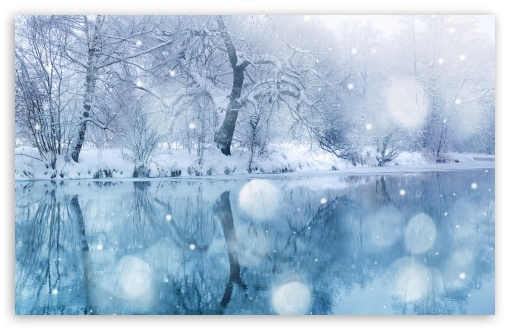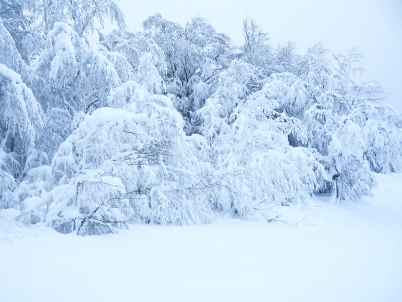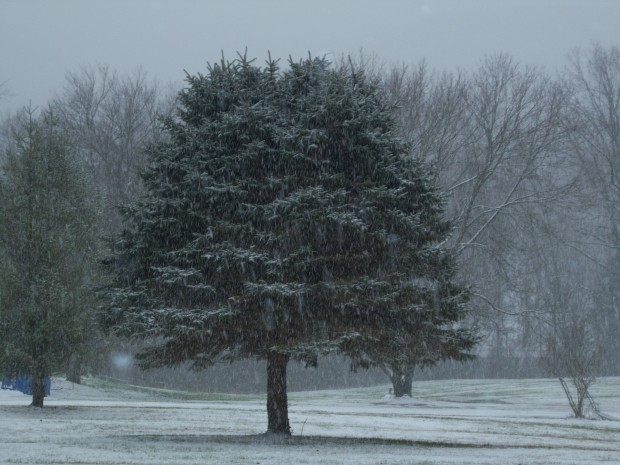Difference between Sleet and Snow

Winter is a very interesting time in most parts of the world. After braving the heat all summer, people get a chance to enjoy more bearable temperatures in which they can move freely without much worry. There are many areas in the world where winters are extreme and there is plenty of snow. Many people enjoy this variation while others are not very excited about it.
Snow and sleet are two terms that are often used together. Some people use them as interchangeable words but that is not the right thing to do. They do have certain similarities but in reality, there are some marked differences between the two.
The one main difference between the two is that while snow falls alone, sleet falls along with the rain and has a slushy feel to it. As a consequence, the snow can stay in place and can pile up while sleet melts as soon as it hits the ground and becomes water. It cannot stay on its own like snow.
Instructions
-
1
Snow
There are many kinds of snow which are characterised by the weather in which it falls as well as its structure. Its texture in general is soft and flakey.
It has the ability to stay in place for days should it find conducive conditions. If there is rain on top of snow while the weather remains cold, there is also a chance that a sheet of snow may be made.
Snowfall generally takes place in winters but there are chances in which it may occur during spring as well. There have been rare cases in which snowfall has taken place during summers as well in colder parts of the world.
Snow can be removed with the help of shovels if it does not melt on its own.
Image Courtesy: wallpapers.kalpoint.com
-
2
Sleet
Sleet is a combination of snowflakes with rain. It forms an appearance of slush, something similar to the conditions that are experienced when snow is melting.
The flakes are unable to sustain themselves in sleet and melt once they hit the ground. They can be from moderate to extremely dense.
Sleet moves with water and does not need to be removed since it becomes a part of water.
Image Courtesy: cumberlink.com







